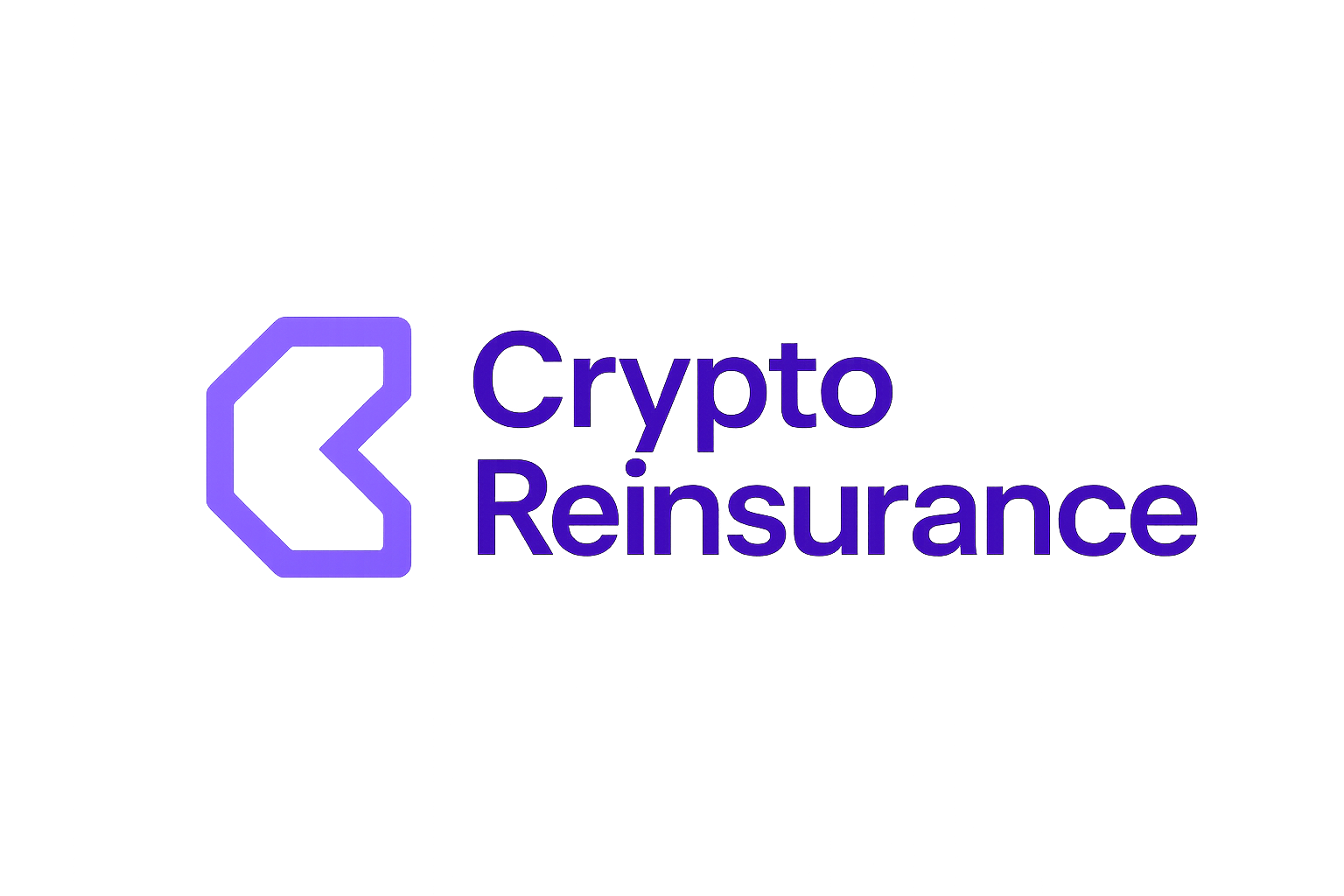
In the rapidly evolving world of on-chain reinsurance, real-time collateral verification has become a non-negotiable requirement for both institutional and retail participants. The days of waiting weeks or even months for periodic audits are fading, replaced by the demand for continuous, transparent proof that every reinsurance contract is properly backed. This is where Chainlink Proof of Reserve (PoR) stands out as a transformative solution, leveraging decentralized oracle technology to bring unprecedented transparency and security to blockchain-based insurance markets.

Why Collateral Matters in On-Chain Reinsurance
Reinsurance platforms function as the backstop for primary insurers, absorbing large-scale risks and ensuring claims can be paid even in extreme scenarios. In traditional markets, verifying the adequacy of these reserves often involves opaque processes and infrequent third-party audits. This lack of visibility can introduce systemic risk and erode trust among counterparties.
The move to blockchain promises a paradigm shift: collateral can be monitored in real time, visible to all parties at any moment. But how do we reliably bridge the gap between off-chain assets (like fiat reserves or physical assets) and on-chain smart contracts? Enter Chainlink’s Proof of Reserve, a decentralized oracle network purpose-built to provide continuous, automated verification that off-chain or cross-chain assets truly back their on-chain representations.
How Chainlink Proof of Reserve Works: Enabling Real-Time Verification
Chainlink PoR operates by leveraging independent node operators who fetch reserve data directly from custodians or financial institutions. This information is then cryptographically signed and published on-chain at regular intervals, or even triggered by specific events, making it tamper-resistant and independently auditable by anyone.
This system allows smart contracts within reinsurance protocols to automatically check whether sufficient collateral exists before executing critical functions like issuing new policies or processing claims. If reserves fall below a predefined threshold, the contract can halt operations until adequate backing is restored, dramatically reducing counterparty risk without human intervention.
The result? Continuous assurance that every tokenized policy or risk transfer instrument is fully backed at all times, not just during scheduled audits. For example, Re Protocol’s integration with Chainlink PoR means any stakeholder can verify collateralization status instantly on-chain rather than relying on quarterly reports or opaque disclosures.
The Security Edge: Automated Safeguards and Market Confidence
The automation enabled by Chainlink PoR isn’t just about efficiency, it’s an essential safeguard against cascading failures in times of market stress. Imagine a scenario where crypto prices drop sharply; if reinsurance collateral dips below safe levels, smart contracts equipped with PoR data will immediately restrict new policy issuance or claims payouts until reserves are replenished.
This real-time responsiveness stands in stark contrast to legacy systems that often discover under-collateralization only after it’s too late. By publishing immutable reserve data directly onto the blockchain, PoR empowers all stakeholders, from reinsurers to policyholders, to independently verify solvency at any time. As a result, platforms like Virtune and Solv Protocol have reported increased user confidence and higher platform engagement following their respective PoR integrations.
This level of transparency isn’t just theoretical, it’s now an industry best practice for any project looking to attract institutional capital or comply with emerging regulatory expectations around digital asset-backed insurance products. For more details about how these mechanisms work in practice, see our analysis on on-chain collateral transparency with Chainlink Proof of Reserve.
Beyond the technical safeguards, Chainlink Proof of Reserve on-chain reinsurance also helps address a longstanding challenge for insurance professionals: proving that every policy is genuinely backed by verifiable assets without relying on trust alone. By shifting reserve attestations from opaque, off-chain processes to public, cryptographically-signed updates, PoR transforms how counterparties assess risk and build confidence in reinsurance arrangements.
Let’s consider the impact from both a market structure and user perspective. For reinsurance protocols, integrating Chainlink PoR means they can offer auditable reinsurance contracts that are continuously monitored, no more waiting for quarterly statements or relying on black-box audits. For users and capital providers, real-time collateral verification means less uncertainty and reduced exposure to hidden risks. Everyone can independently confirm that underlying reserves match the outstanding liabilities at any time.
Industry Adoption: From Theory to Practice
The shift toward real-time collateral verification in blockchain insurance isn’t just theoretical. Concrete case studies demonstrate PoR’s effectiveness:
- Re Protocol: By integrating Chainlink PoR, Re Protocol brought real-time collateral transparency to its on-chain reinsurance marketplace. This move replaced periodic, manual checks with automated, always-on monitoring, making it easier for institutional investors to participate confidently.
- Virtune: Leveraging Chainlink’s SmartData framework, Virtune now enables instant verification of reserves backing its tokenized products. The result has been increased user trust and a measurable uptick in trading volumes.
- Solv Protocol: With Chainlink PoR validating Bitcoin reserves behind SolvBTC, users can verify at any moment that their wrapped assets are fully backed, removing one of the biggest barriers to institutional adoption of DeFi insurance solutions.
These examples illustrate why auditable reinsurance contracts, powered by decentralized oracles, are quickly becoming the gold standard across DeFi and institutional markets alike. As more protocols adopt these mechanisms, we’re seeing a virtuous cycle: greater transparency attracts more capital and participants, which in turn accelerates innovation across the entire insurance ecosystem.
Looking Ahead: The Future of On-Chain Reinsurance Security
The current price of Chainlink (LINK) sits at $17.35, reflecting not just market sentiment but also growing recognition of its critical role in powering secure financial infrastructure. As regulatory frameworks evolve and demand for compliant blockchain insurance products rises, solutions like Proof of Reserve will only become more important.
For insurers considering the leap into on-chain models, or for established players seeking an edge, integrating real-time collateral verification isn’t just about checking a compliance box. It’s about building resilient systems that stand up to market volatility while fostering open access and trust among all stakeholders.
If you’re interested in exploring how these innovations are reshaping risk management and capital efficiency in insurance markets, check out our in-depth feature on on-chain reinsurance collateral management.
The bottom line? As DeFi matures and institutional adoption accelerates, transparent collateralization powered by decentralized oracle networks like Chainlink is set to redefine what’s possible for digital asset-backed insurance, and beyond.






